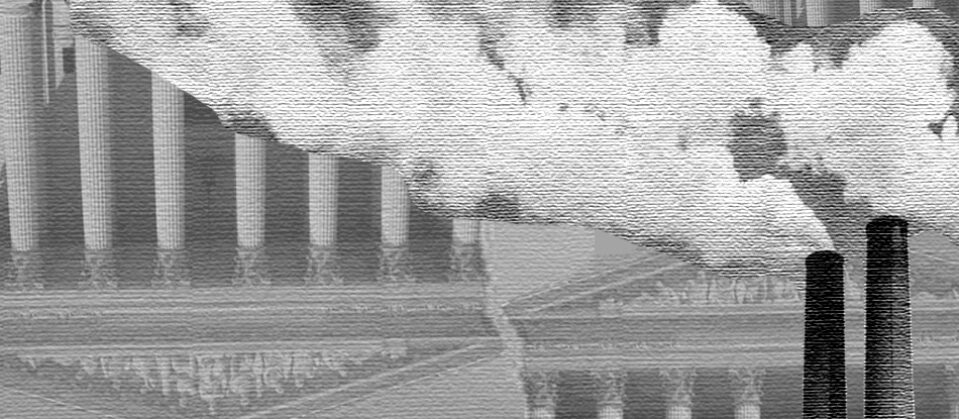Halloween is Over, Watch Out for the Leftover Zombies
Bethany Davis Noll (Executive Director) / November 11, 2021

The Supreme Court announced just recently that it would hear a case about a dead rule: the Trump-era EPA guidelines on greenhouse gas emissions from power plants issued under the Clean Air Act’s section 7411(d). The U.S. Court of Appeals for the D.C. Circuit struck down that regulation one day before President Biden was inaugurated, holding that the agency’s interpretation of the statute was too restrictive. EPA did not seek review of that decision. Four sets of state petitioners and industry groups nonetheless did file petitions asking the Supreme Court to weigh in on the legality of the Trump-era rule.
The petitions call for sweeping pronouncements from the Supreme Court. West Virginia’s cert petition characterizes section 111(d) as “ancillary” to the Clean Air Act and asks whether EPA is constitutionally authorized to issue a rule under the terms of the statute. The North American Coal Corporation’s petition asks whether EPA can base the guidelines on reductions that companies could achieve through trading or investing in renewable power. North Dakota’s petition similarly asks if EPA is authorized under the statute to consider the possibility for reducing emissions through “generation-sector-wide” measures to reduce greenhouse gas emissions. And Westmoreland Mining’s petition asks whether EPA is authorized to decide “whether and how to restructure the nation’s energy system.”
Other states, EPA, and clean energy companies are on the other side of the case. (See the petition by states and municipalities led by New York, EPA’s petition, and a petition by Covington & Burling LLP representing clean energy companies). These parties have argued that section 111(d) is not an “ancillary” extraneous or subordinate provision of the statute, but rather an instruction from Congress to restrict dangerous pollutants from existing sources under the requirements set out in the Act. And they argue that the Court will be issuing an “advisory opinion” by taking a case before the agency has issued its new rule -- typically a role for Congress, not courts. Also, without a new rule from EPA, the Court will be dealing in hypotheticals and the typical boundaries or guideposts restricting how far the Court goes are missing.
EPA said in its Supreme Court submission that it would not defend the Trump-era rule and was rewriting its regulations for power plants. After the Court granted certiorari, the agency made clear again that it was still working on a rewrite. If EPA finalizes a rule that managed to avoid at least some of the parade of horribles described in the petitions, it could be that the case would lose a lot of its power (pun intended)—though that is not a small task. If not, it will be interesting to see the Court wading in on whether and how to breathe new life into the Trump-era rule.
This page was updated on December 8, 2023 to better meet our accessibility standards. To see the page as it was initially published, click here.
